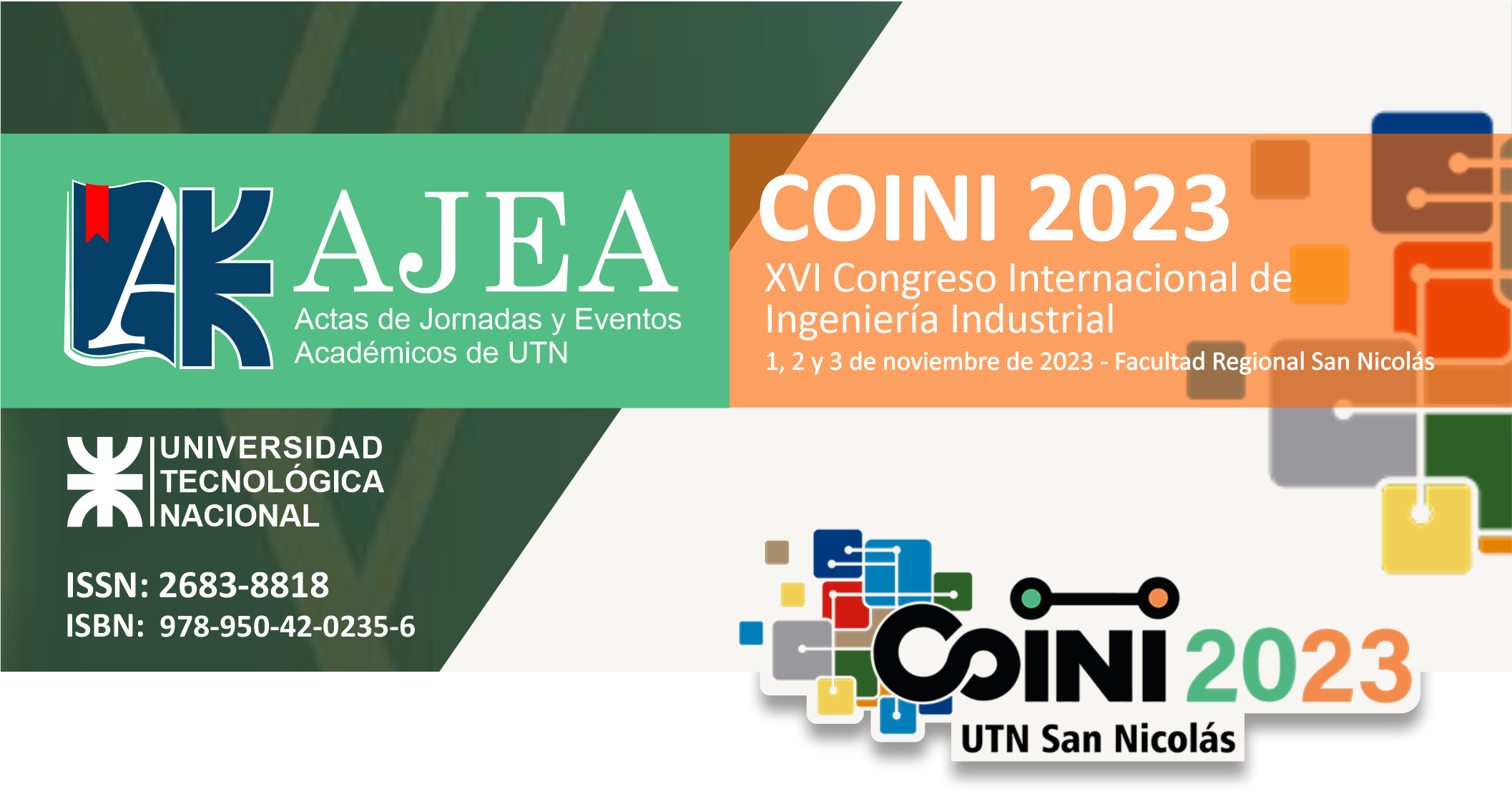DIFFERENT ALTERNATIVES FOR THE PRODUCTION OF SAFE WATER USING NON-CONVENTIONAL TECHNOLOGIES
Keywords:
Safe water, natural clarifiers, ultrafiltrationAbstract
In the province of Salta, the rural population has expanded to places without access to safe water for consumption, resulting in an increase in diseases related to the consumption of contaminated water. To address this problem, a modular system was designed to obtain safe water using a clarification process with natural clarifiers and disinfection through ultrafiltration. Different alternatives of natural clarifiers were evaluated, including powder of prickly pear cactus mucilage (MT), banana pulp powder (PB) and potato residue powder (RP). MT proved to be the most efficient in removing turbidity, achieving a removal of 97%, while PB and RP obtained 85% and 82% respectively. Different options for obtaining MT were economically valued, including outsourcing the drying and grinding of the mucilage or doing it on their own, as well as cultivating the raw material or buying it. It was more profitable to outsource the drying and grinding of the mucilage and cultivate the raw material. The unit costs of production of the equipment were determined and the cost of the liter of safe water produced was compared with other alternatives, taking into account the costs of the natural clarifier, the daily cleaning costs of the equipment and the monthly replacement of ultrafiltration cartridges. The price of the liter of safe water obtained with the system and using the chosen natural clarifier was 0.10 USD/L, proving competitive compared to different alternatives in the market.
Downloads
Metrics
Downloads
Published
How to Cite
Conference Proceedings Volume
Section
License
Copyright (c) 2024 Jorge Emilio Almazán, Enzo Marcelo Corte, Miguel Cervantes Schamun, Dolores Gutiérrez Cacciabue, Verónica Beatriz Rajal

This work is licensed under a Creative Commons Attribution-NonCommercial 4.0 International License.










